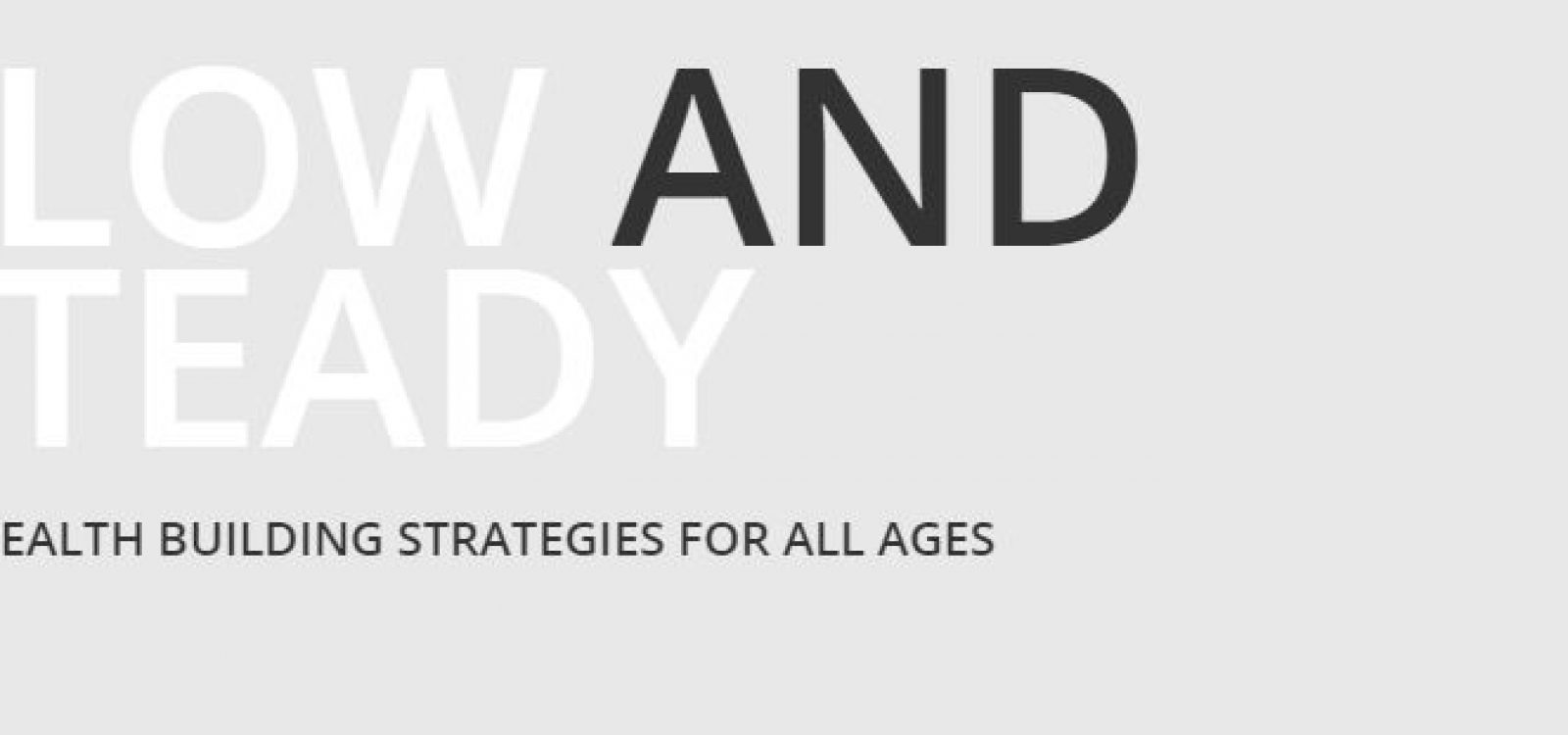
10 financial strategies for wealth accumulators
In this second instalment of a four-part series, actuary John De Ravin shares some of his top tips for wealth accumulators, from his recently released book on personal financial strategies.
The strategies in this article are drawn from Chapter 3 (“Wealth accumulation”) of my book Slow and Steady: 100 wealth building strategies for all ages”. This article covers 10 of the 42 strategies in that Chapter.
1.) Save systematically.
George Clason in his famous book The richest man in Babylon calls this strategy “pay yourself first”. The essential point is that unless you are unusually disciplined with your spending, the approach to saving where you “spend what you want to between paydays, and save whatever is left over” is likely to result in some spending on “wants” at the expense of saving. Instead of saving whatever is left over, it is a far preferable approach to identify your spending “needs” in advance and add some reasonable expenditure on “wants” and then save the rest. But save the rest in advance, as soon as your pay is credited to your bank account, and put those savings somewhere where you can’t easily touch it in an undisciplined moment. (For example, you might choose to save via superannuation where you can’t access your funds until you reach preservation age, or to save in a joint account with your partner where withdrawals can only be made with two “signatures”).
2.) Reduce unnecessary expenditure.
A critical part of saving for many people is to reduce spending on “wants” to allow room for savings – it is saving which will grow your wealth over time. There are LOTS of tips online for how to reduce your expenditure, and Slow and Steady lists eight sources of online tips and suggestions, here are three of them: Canstar, LifeHack and The Simple Dollar.
3.) Get the best mortgage loan.
Australians with mortgages from the “big 4” banks typically pay mortgage interest rates in the vicinity of 4.5%. But for principal and interest homeowner borrowers with good credit records, there are lenders who will charge an interest rate under 4%. The difference may not sound huge, but the dollar amount, accumulated over the term of an average home loan, is sizeable. If you are paying 4.5% or more you can probably get better terms from your bank by doing your homework on a couple of comparison websites and then ringing your bank and telling them that you notice that a competitor is offering a rate below 4% and asking the bank if there is anything they can do to make your rate more competitive.
4.) Buy Exchange Traded Funds (ETFs).
ETFs offer diversified exposure to a wide range of asset classes and the costs for “passive” or “index” ETFs are typically very low. ETFs are listed securities and their structure is “open ended” which means that the price is typically aligned closely to the value of the underlying assets.
5.) Buy Listed Investment Companies (LICs).
Like ETFs, LICs offer diversified exposure to a variety of asset classes and although they typically take an “active” approach to management, the Indirect Cost Ratios of the larger LICs are typically very low. Moreover some LICs have shown an ability to slightly outperform their benchmark indices, even after their fees. One aspect to note is the difference between the Net Asset Value and the market price; movements in this gap can represent both an opportunity and a threat.
6.) Get your asset allocation right.
Asset allocation is a critical determinant of portfolio performance but how do you decide which “risk/return” tradeoff suits you? The traditional approach was via a psychometric risk profile questionnaire but the method of mapping from the results of a risk profile questionnaire to an asset allocation is seriously flawed because it completely fails to consider the amount of investment risk that you need to take to achieve your objectives (e.g. to support your intended lifestyle in retirement). However, the outdated “determine the asset allocation directly from the risk profile questionnaire” paradigm has not yet been replaced by a new standard industry algorithm. Unfortunately, working out how much risk you “need” to take to meet your goals is difficult, though there are some tools available to help.
There is a risk that too much focus on “volatility risk” may lead to an asset allocation that does not maximise your long-run expected utility.
7.) Keep your investment costs low.
A typical retail client of a financial adviser in Australia pays total fees of about 2% of funds covering advice, platform and investment manager fees. Whilst some clients may be comfortable that their advisers are adding significant value to their financial strategies or investment selection, others may prefer to build their own low cost diversified portfolios with risk/return profiles consistent with their target asset allocations. Increasingly this is possible via ETFs and LICs.
8.) Buy only the types of insurance you need.
Some classes of insurance are compulsory so you have to buy them (CTP for individuals, Workers’ Compensation for corporates). Outside the compulsory classes, some insurance covers are more critical in the sense that the potential claims are very high multiples of the premiums. Finally, some classes of insurance offer better value than others (higher loss ratios). By choosing to buy only the types of insurance you “need”, you can cover yourself for risks which would do a lot of damage to your personal finances but minimise the long-run transfer of profits to insurers for risks you can comfortably self-insure.
9.) Buy Compulsory Third Party (CTP) motor insurance
Of course, you must buy CTP, it’s the law. In most states, the insurer is either a statutory authority or, even if there are multiple private sector insurers, the insurers charge the same premium rates. But in NSW insurers quote different premium rates and consumers are offered a choice of insurer, so a quick comparison of the available premium rates can save the consumer a lot of money. This is the official comparison website.
10.) Buy Third Party Property Damage (TPPD) insurance
If you drive a new Porsche 911 Carrera valued at $300,000 then you are probably going to insure it comprehensively – unless your name is Packer or Murdoch. But if (like me) you drive a 15 year-old Saab valued at $5,000, then the possibility of insuring only for Third Party Property Damage opens up. Of course, if you have an accident and write your car off, you would have been better off in that year with comprehensive motor insurance. But insurers have to earn profits, so the premiums they charge are more than enough to cover the expected cost of claims. So by retaining risks you can afford to retain, you will probably be better off in the long run.
You can get a free list of all 100 strategies in Slow and Steady from the book’s website.
CPD: Actuaries Institute Members can claim two CPD points for every hour of reading articles on Actuaries Digital.






